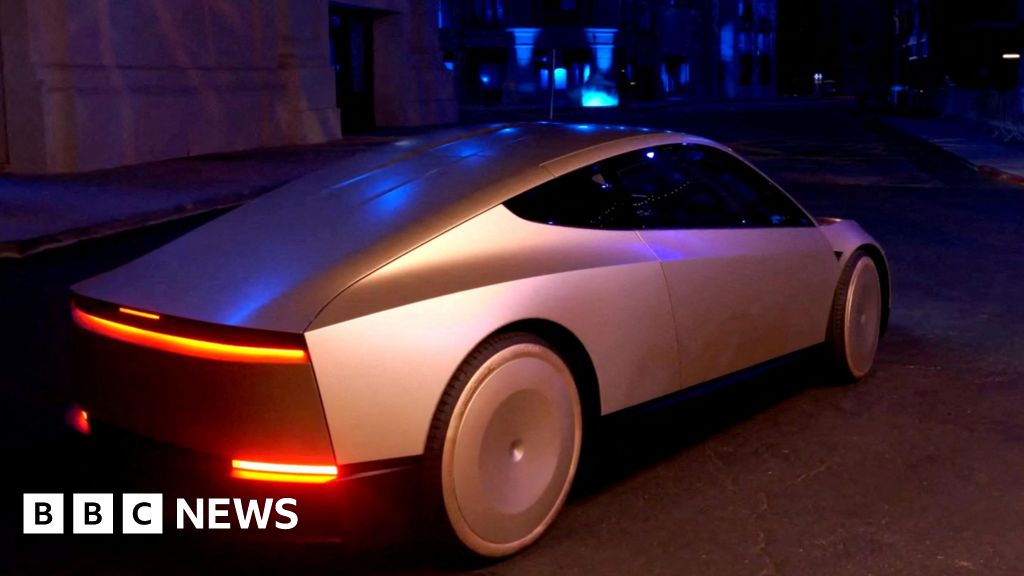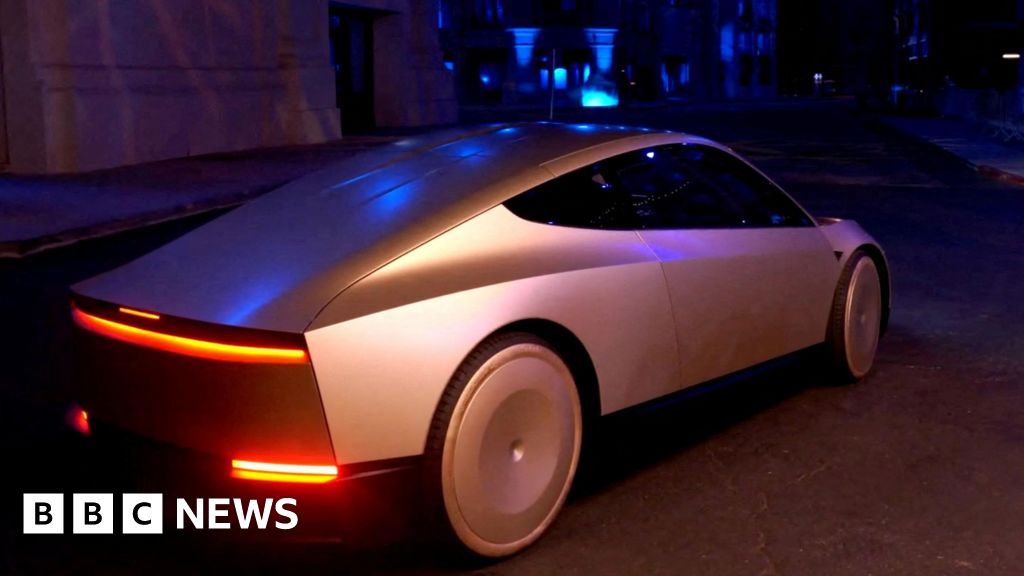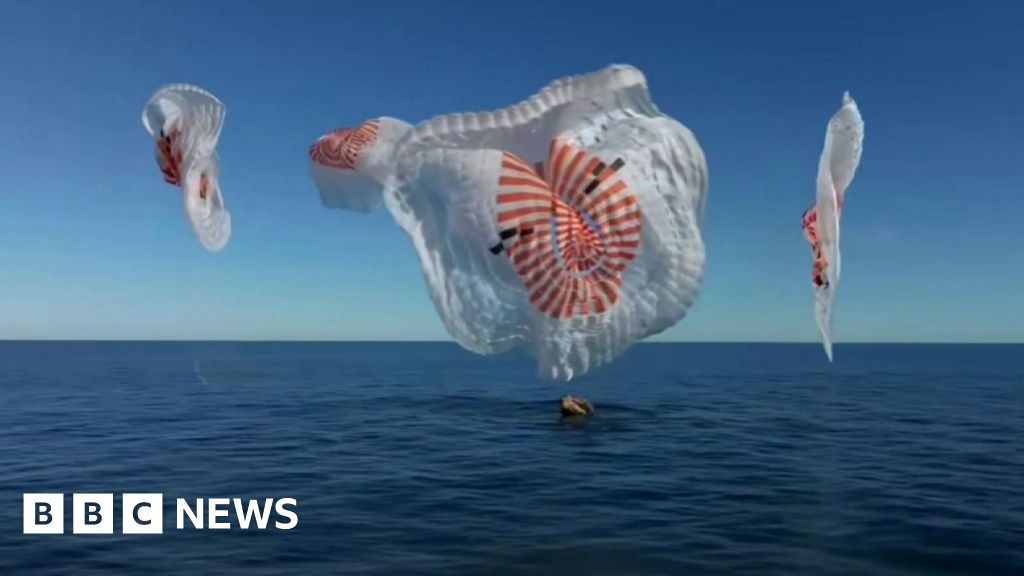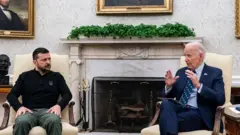
Tesla boss Elon Musk unveiled the firm’s long-awaited robotaxi, the Cybercab, at the Warner Bros Studios in Burbank, California on Thursday evening.
The futuristic-looking vehicle featuring two wing-like doors and no pedals or steering wheel deposited Mr Musk in front of an audience eager to hear details about a project he considers key to Tesla’s next chapter.
At the event, billed as “We, Robot,” the multi-billionaire reiterated his view that fully self-driving vehicles will be safer than those operated by humans and can even earn their owners money, through being rented out for rides.
But his projection that production on the Cybercab will begin some time “before 2027” raised questions about whether Mr Musk will once again blow past his own deadlines to deliver a fully self-driving vehicle that can compete with rivals like Alphabet-owned Waymo.
“I tend to be optimistic with time frames,” he quipped during the event, while discussing the Cybercab, which he said would cost less than $30,000 (£23,000).
Mr Musk also said he expected to see “fully autonomous unsupervised” technology available in Tesla’s Model 3 and Model Y in Texas and California next year “with permission where ever regulators approve it.”
But that approval is far from guaranteed.
“It is a big chunk of metal driving on roads at high speeds, so safety concerns are big,” said Samitha Samaranayake, an associate professor in engineering at Cornell University.
Tesla’s self-driving ambitions rely on cameras that are cheaper than radar and Lidar (light detection and ranging) sensors that are the technology backbone of many competitors’ vehicles.
By teaching its cars to drive, Tesla plans to use artificial intelligence (AI) trained by the raw data it collects from its millions of vehicles.
But the research community “is not sold on whether the Tesla style of doing things can give the safety guarantees that we would like,” Mr Samaranayake said.
The cybercab project has undergone delays, having been due for release in August.
This summer, in a post on X , formerly Twitter, Mr Musk said the wait was due to design changes he felt were important.
Meanwhile, competing robotaxis are already operating on some US roads.
Tesla also seems poised to post its first ever decline in annual sales as competitors pile into the electric vehicle market, even as sales have softened.
Despite that dour backdrop, Tuesday’s event was heavy on spectacle, complete with dancing robots serving drinks to attendees.
Mr Musk also unveiled another prototype for a “Robovan” which can ferry up to 20 passengers around at a time.
The sleek shuttle “could be a mode of transportation over the coming years that Tesla leverages,” said Wedbush Securities managing director Dan Ives who attended the event in person.
Another analyst said the event felt like a step back into memory lane while also signalling the path ahead.
“Musk did a fantastic job of painting an ideal future for transportation that promises to both free up our time and increase safety,” said Jessica Caldwell, head of insights at Edmunds.
But the positive spin didn’t obscure the ambition of the timelines Musk shared Tuesday night.
“Many questions remain about how this will be achieved from a practical standpoint,” Caldwell added.
The deployment of robotaxis has encountered setbacks, with driverless cars operated by General Motors subsidiary Cruise being suspended in San Francisco after a pedestrian was knocked down.
But the sector continues to expand. Waymo said in early October it would add the Hyundai Ioniq 5 to its robotaxi fleet after the vehicles undergo on-road testing with the company’s technology.
Ride-hailing giant Uber also wants to add more autonomous vehicles to its fleet to expand on its delivery and ridesharing options for customers.
It announced a multi-year alliance with driverless car developer Cruise in August.
Chinese tech company Baidu is also reportedly looking to expand its robotaxi division, Apollo Go, beyond China – where the vehicles are active in several cities.



